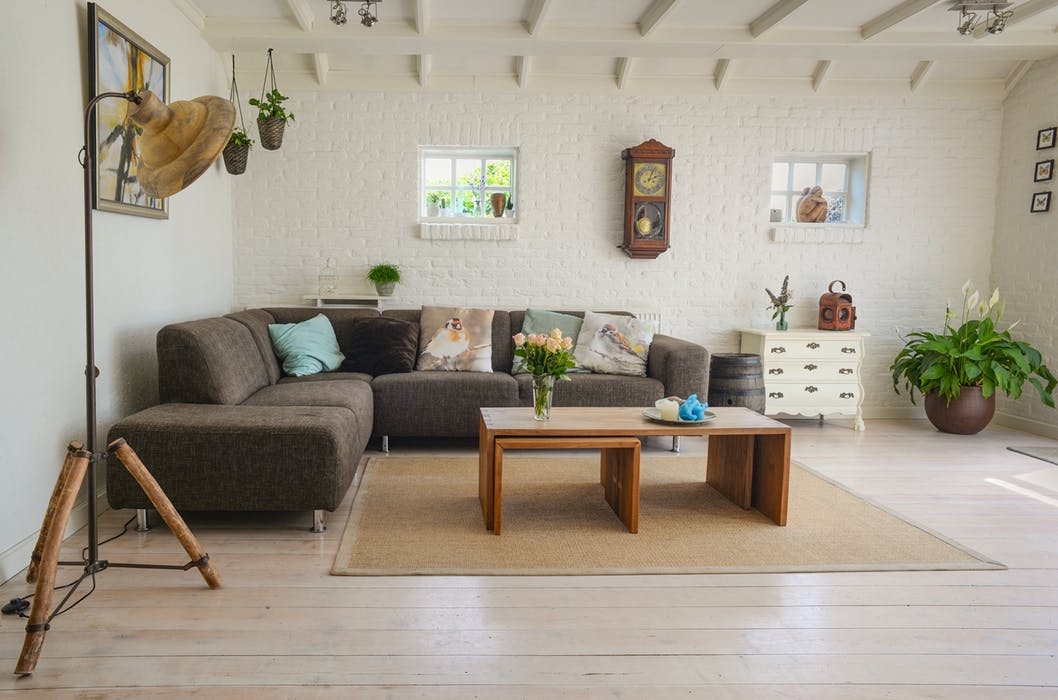
Hydroponic living walls are simply plants cultivated in nutrient solutions. It is a method of growing plants in a water-based, nutrient rich solution and has become a big buzz in the horticulture industry. It’s simplicity and efficiency has garnered many gardening fans around the world. Here’s all you need to know about hydroponic living walls!
How it works
Hydroponics do not need soil. Instead, this living wall, is based on a root system that is supported by an inert medium such as rockwool, clay pellets or peat moss. The idea behind this is to allow the plant roots to gather the nutrient solution as well as having oxygen essential for the plant to grow. Hydroponic plants have all the nutrients already delivered to them in a precise and controlled manner, meaning less water and soil are needed to make sure plants are healthy and growing.
Maintenance
To maintain a hydroponic system, it requires regular monitoring, cleaning and balancing mixes of nutrients used. Depending on the size of the space you’re planning on installing the wall in, maintenance varies. This stage is where acquiring a team of professionals, such as Sagegreenlife Living Walls, can be helpful as they’d assist with the necessary tools and tips on maintaining the hydroponics.
Electricity
Hydroponics require electric pump to function. The electric pump is used to circulate water from the base of the system to the plants, carrying the necessary nutrients plants need on a daily basis.
Risks
One of the downsides to hydroponic living walls, or hydroponic systems in general, is the greater risk of disease. Since hydroponic systems expose the roots of plants in order to send out the nutrients, a greater risk of water recirculation can cause algae and bacteria to grow faster and cling to the root. This can lead to the root rotting and endanger the life span of the plants and living wall.
Systems
Hydroponics usually come in two different systems – the Ebb and Flow system or the Drip System Technique. The ebb and flow system, known as flood and drain, works by flooding the growing area with nutrients in intervals. In the living walls, the nutrients slowly drain back into the reservoir and is ideal for plants that dry faster or do not retain water as others. The Drip System Technique is simpler and works as a slow feed to provide nutrients to plants. This technique uses a slow draining medium to provide the nutrients. However, this technique may induce clogging so it is important to monitor and find the system right for you.
Hydroponic living walls can be a great addition to any retail space, companies, restaurants or real estate. With the right team, research and installation – these living walls can brighten and add life to your space in no time. With hydroponic living walls being easier and efficient for plants to feed and gain the nutrients they need, this may be living wall right for you. So, go out, find a team and start planning your living wall today.





Leave a Comment